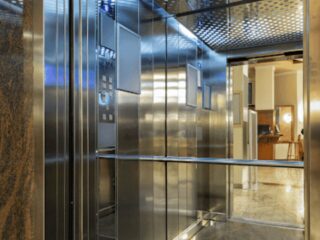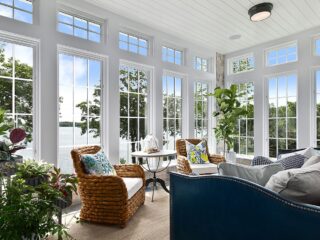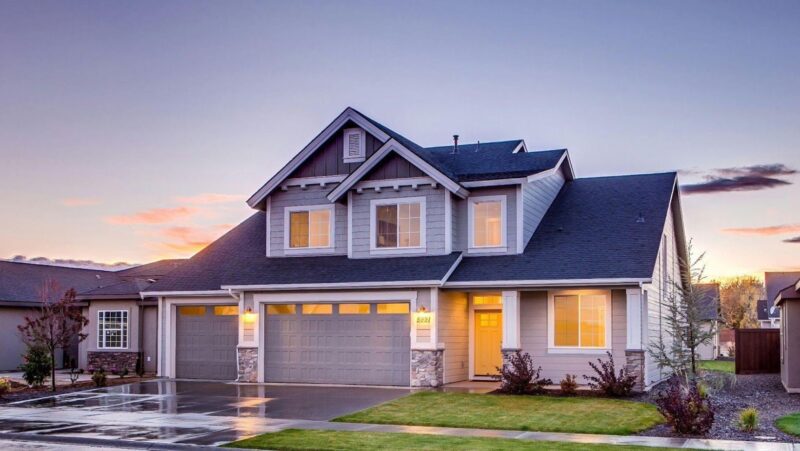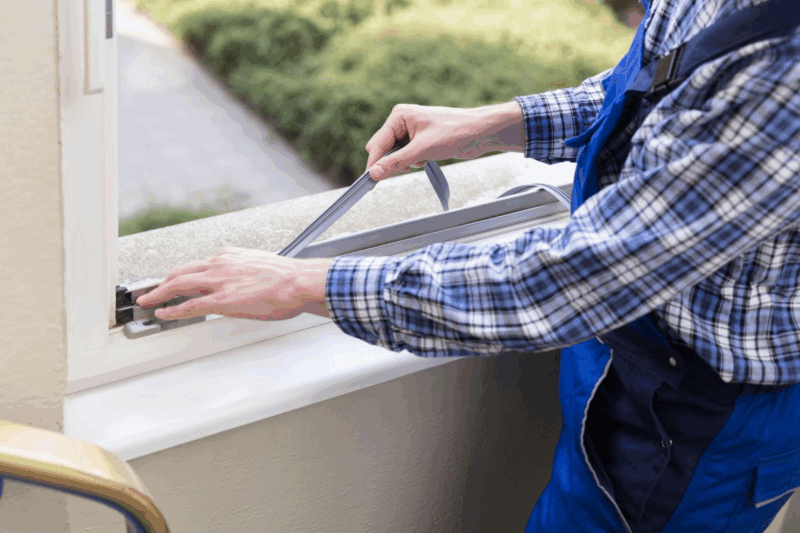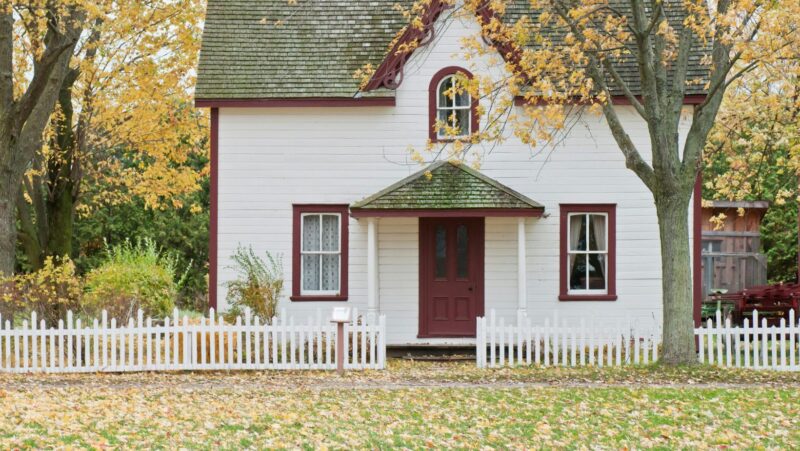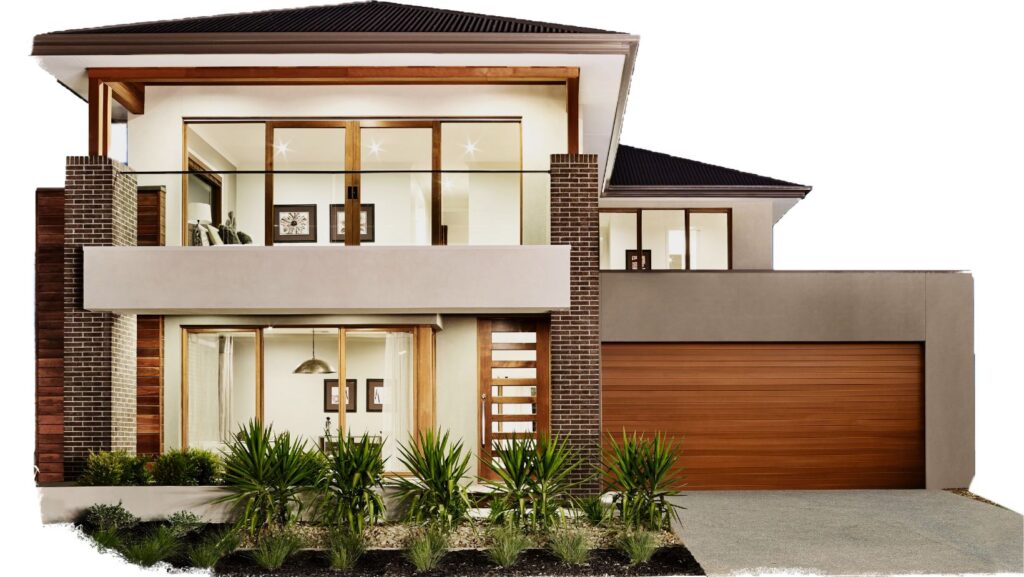
They were the darlings of the mid-century suburbs. Now? They’re having a moment again. Bi-level homes, once seen as relics of the 60s and 70s, are back in demand. And if you own one or you’re planning to sell, this is your time to shine.
In this article, we’ll explore why bi-level homes are making a comeback, what today’s buyers are really looking for, and how you can market your home effectively to stand out in a competitive real estate market.
The Bi-Level House: A Refresher
Let’s start with the basics. A bi-level house is a two-story home with a main entrance located between floors. Walk in the front door, and you’ll typically find a small foyer with stairs leading up to the main living area and down to a lower level that may include a family room, garage access, or extra bedrooms.
According to The Real Estate Guy, the upper level usually contains essentials like the kitchen, living room, and bedrooms. In contrast, the lower level offers flexible space — ideal for home offices, guest rooms, or media centers.
Why They’re Trending Again
There are a few reasons behind the resurgence of these once-underappreciated homes:
- Affordability. As Nicki & Karen note, bi-level homes are often more affordable than other layouts. With prices ranging from $125,000 to $200,000, they’re an appealing entry point for first-time buyers.
- Efficient use of space. You get more square footage on a smaller lot compared to traditional single-story homes.
- Functional separation. The split-level design naturally separates living and sleeping areas from work or recreation spaces. This makes it easier for families or remote workers to define their zones.
- Nostalgia meets practicality. According to the National Association of Realtors, many of these homes were built during a time of postwar growth, offering solid construction and roomy interiors — and they still hold up today.
What Purchasers Want in 2025
If you’re selling a bi-level home, you should understand what modern buyers are looking for. The National Association of Home Builders highlights some of the most desirable features in recent studies:

- Open layouts. 85% of buyers want an open kitchen-dining layout, and 79% want a kitchen-family room connection.
- Energy efficiency. Smart thermostats, double-paned windows, and modern HVAC systems are a big plus.
- Mixed design styles. While 32% prefer traditional and 24% like contemporary, there’s a growing trend for homes that blend styles seamlessly.
- Good photos and info online. NAR research shows 100% of buyers use the internet when home shopping. 41% say photos are the most helpful online feature.
If your bi-level home can meet some of these expectations, you’re already ahead.
Staging Tips to Show Off a Bi-Level’s Great Features
Want to help your home pop off the page (or screen)? Here are some ways to stage your bi-level for modern appeal:
- Light it up. Use strategic lighting to brighten the stairway landing and lower level, which can otherwise feel darker than the upper level.
- Open it up. If your home has walls dividing the kitchen and living room, consider opening them up or using furniture placement to simulate an open flow.
- Define spaces clearly. Highlight how the lower level can be used — a home gym, a teen hangout, a cozy office. Buyers love flexibility.
- Highlight updates. If you’ve recently made improvements, such as installing a new HVAC system or replacing outdated flooring, make those upgrades shine.
- Keep it neutral. Modern buyers want to see a blank canvas. Stick with light, neutral paint colors and minimalist decor.
Write Listings That Sell
Once your home is photo-ready, your listing description is your next big move.
- Use keywords like “spacious bi-level layout,” “flexible lower-level living,” or “open-concept kitchen.”
- Emphasize unique features: large backyard, finished basement, updated kitchen, natural light.
- Target your ideal audience. First-time homebuyers? Young families? Mention affordability and move-in readiness.
And don’t forget the power of visuals. With buyers viewing an average of seven homes (two of which are online only), strong images and a virtual tour are must-haves.
Marketing for a New Generation
Younger buyers, especially millennials and Gen Z, are embracing homes that feel personal and practical. Here’s how to appeal to them:

- Go green. Highlight energy-efficient upgrades, smart home features, or eco-conscious materials.
- Modernize affordably. Share your home renovation cost tips to show that even older homes can look modern without breaking the bank.
- Be Instagram-ready. Consider a few trendy touches like a bold accent wall, a statement light fixture, or styled shelves to make your home more shareable.
- Tell a story. Don’t just list features—talk about how the home lives. “Imagine mornings in the sun-filled kitchen and cozy evenings in the downstairs media room.”
The Bottom Line
Bi-level homes are no longer an outdated compromise—they’re an underrated gem. With smart staging, a little updating, and savvy marketing, your bi-level can shine in today’s competitive market.
They offer affordability, space, and versatility—three things every modern homebuyer is looking for.
So, if you’re planning to sell, don’t overlook your home’s potential. This is your moment to reintroduce the bi-level to a new generation of homeowners—and maybe, just maybe, start a little trend of your own.

